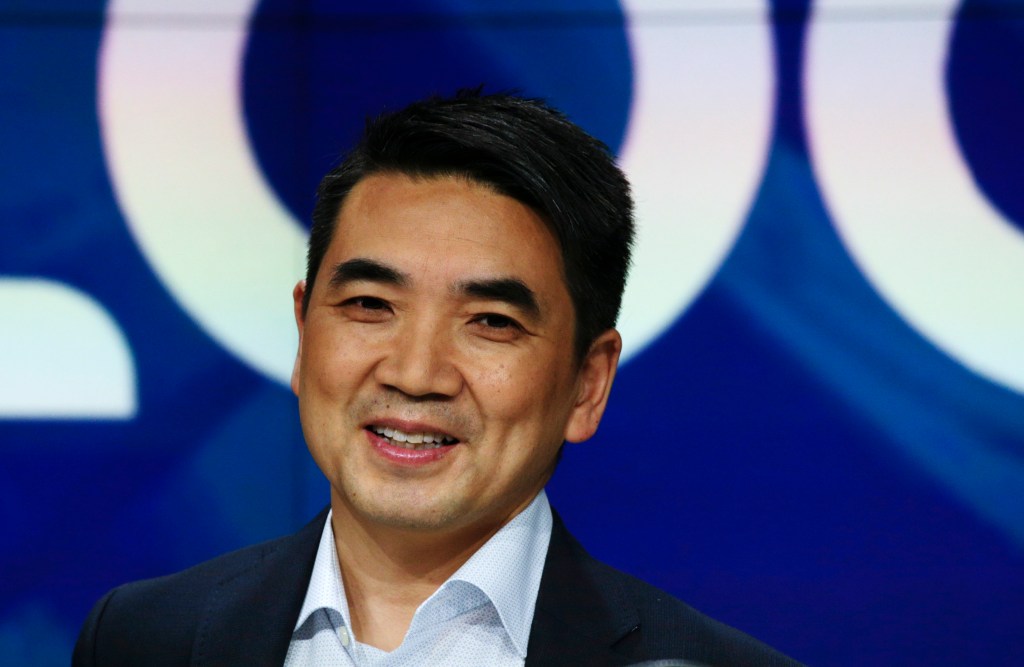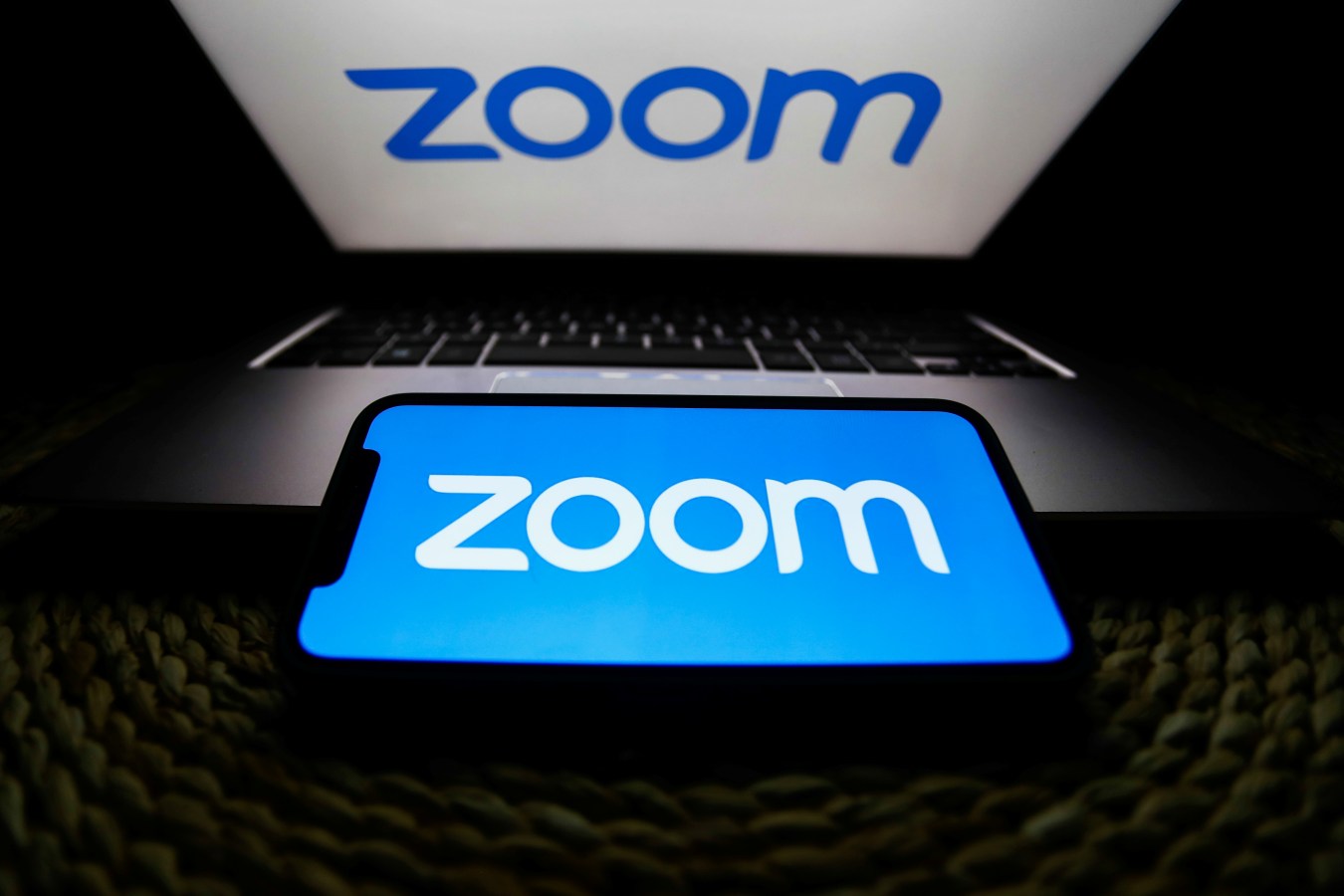Zoom founder and chief Eric Yuan says a digital twin could read emails, join meetings and eventually, fully automate most work communications.

The Zoom founder envisions a time when its AI-powered collaboration platform, Zoom Workplace, which launched in April this year, could extend to host digital twins of its users.
He told The Verge that the platform, which is powered by Zoom’s AI companion (and can perform tasks like transcription, meeting summaries, and can compose chats and email drafts), could eventually be leveraged for a host of other actions.
“What we are doing now, it’s really looking at your entire schedule, how to leverage Zoom Workplace to help you out,” Yuan said. “Essentially, you can leave Zoom Workplace, and Zoom Workplace can help you get most of your work done, right?”
While he says the company is “not there yet”, one scenario might be a digital twin powered by the company’s AI attending meetings for users while they’re elsewhere.
“I can send a digital version of myself to join so I can go to the beach,” he says. “Or I do not need to check my emails; the digital version of myself can read most of the emails. Maybe one or two emails will tell me, “Eric, it’s hard for the digital version to reply. Can you do that?”
Yuan says AI will never replace the more intimate actions of meetings – like hand shakes or hugs. But, perhaps it could give users more time for in-person interactions – just not work-related ones.
“Why do we need to work five days a week? Down the road, four days or three days. Why not spend more time with your family? Why not focus on some more creative things, giving you back your time, giving back to the community and society to help others, right? Today, the reason why we cannot do that is because every day is busy, five days a week. It’s boring.”
Related
Speaking about a Zoom digital twin specifically, Yuan says it would likely be made of its own personal LLM, so that it could, theoretically, represent that user and make decisions that the user would likely make.
“We’re not there yet, but that’s a reason why there’s limitations in today’s LLMs. Everyone shares the same LLM. It doesn’t make any sense. I should have my own LLM — Eric’s LLM, Nilay’s LLM. All of us, we will have our own LLM. Essentially, that’s the foundation for the digital twin,” he says.
“Then I can count on my digital twin. Sometimes I want to join, so I join. If I do not want to join, I can send a digital twin to join. That’s the future.”
Zoom, worth US$20 billion with a share price of US$62.09 at the time of writing, slashed about 150 jobs in February this year, saying it was “rescoping” roles to focus on future growth areas like AI, sales and product.
Its Workplace function is a product of that shift in focus, aiming to contend with Microsoft’s Office 365 and Google’s Workspace programs. Its AI companion hopes to help users work better, with tabs for meetings, document folders, team chats and more personalisation options.
“We are way more than just a videoconferencing business,” Yuan told The Verge. “We have a lot of other new capabilities, and essentially, that’s the entire Workplace platform. It’s a collaboration platform.”
Look back on the week that was with hand-picked articles from Australia and around the world. Sign up to the Forbes Australia newsletter here or become a member here.



